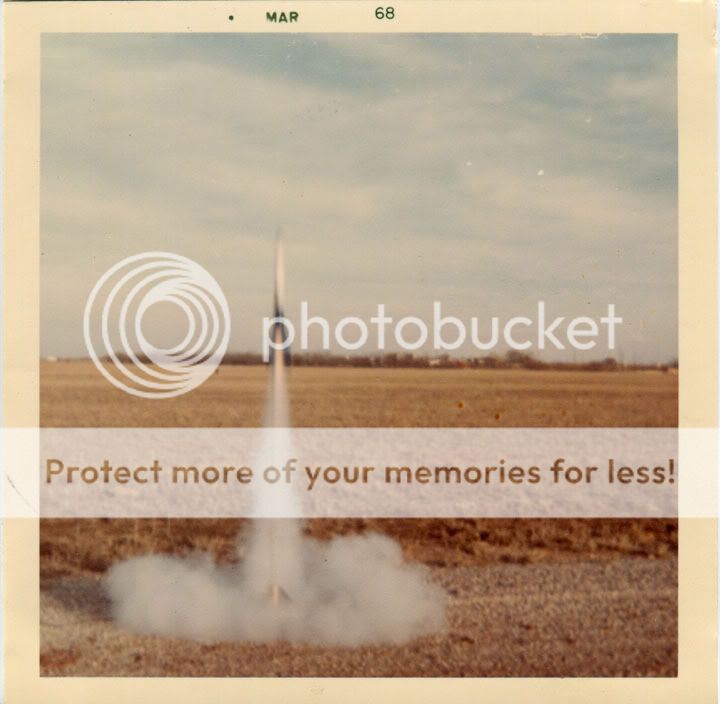YeahImJosh
Well-Known Member
- Joined
- Apr 27, 2011
- Messages
- 64
- Reaction score
- 1
It has been around 15 years or so when I was a child since I have touched a model rocket but I am ready to start over again in my adult life. I have a few questions about Launch Pads and Launch Controllers. I plan on starting off by making a few level 1 Estes rockets to get me going again. I have had a tendency to overdo things and can already see myself wanting to upscale models and get into larger engines than normal for launches. Should I just start off with a simple Estes launch kit that comes with the standard porta-pad and yellow launch controller or would I be better off getting something a little better that I may be able to use longer? I am not real sure hw big of a rocket the porta-pad ii can take and what the difference is in controllers but for around $20-$25 with a class 1 Estes rocket there launch system does not seem like a bad deal. I also have a 7 year old I am going to be introducing to the hobby so I am going to need something to launch the smaller models that he will be building (or helping me build). Any info would be greatly appreciated, thanks!





















